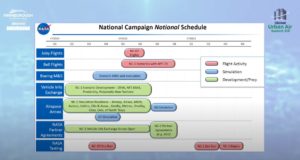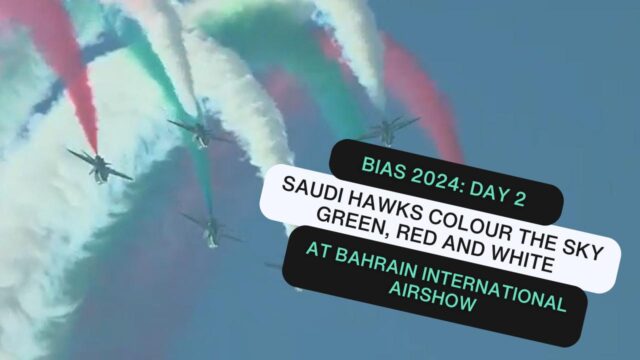NASA unveils timeline and collaboration opportunities for UAM
NASA has showcased plans, conversations, partnerships and timelines which will make urban air mobility a reality in a Rapid Fire Technology Briefing at FIA Connect.
The organisation is…
NASA has showcased plans, conversations, partnerships and timelines which will make urban air mobility a reality in a Rapid Fire Technology Briefing at FIA Connect.
The organisation is using the existing regulatory environment as the cornerstone for the creation of on-demand travel. It is also inviting businesses to become involved with the national campaigns which will test flights using US regulations.
“Helping us verify and validate our test infrastructure”
Ginn outlined timeline and opportunities for collaboration from vehicle manufacturers in both domestic and international space agreements. She said: “All the partnerships that we  have are either helping us to verify and validate our test infrastructure that NASA is bringing to the ground, range support and airspace network integration.”
have are either helping us to verify and validate our test infrastructure that NASA is bringing to the ground, range support and airspace network integration.”
NASA’s plans to understand safety considerations and scenarios in the new UAM market will be achieving using “surrogate helicopters” to look at all aspects of flights from ground operations to cross winds, propeller interactions with buildings to contingency planning.
“Aviate, navigate, communicate”
For autonomous flight, NASA is breaking down its research into three sectors – pilot, vehicle and Terpsters and looking a different aspects of UAM from an “aviate, navigate and communicate perspective.”
Ginn described how the process of automating the pilot function might progress: “What we need to do is take a couple of them at a time and automate them, you know, verify those automations and that the software is certifiable. That’s obviously another thing that people are working on – standards bodies – so as we slowly start to automate those things and show the safety cases for them.”
“At some point, you know you’d want to see in the future that maybe you’re going to get to a remote pilot operation, which is going to take time as we’ve noticed in the UAS community is taking quite some time even for the small package deliveries to prove those safety cases.”
Ginn added that understanding how eVTOL both perform and handle scenarios will enable NASA to “fine tune” the scenarios. “It really is our first showcase of getting partners and airspace service providers into that environment,” she added.
Subscribe to the FINN weekly newsletter



